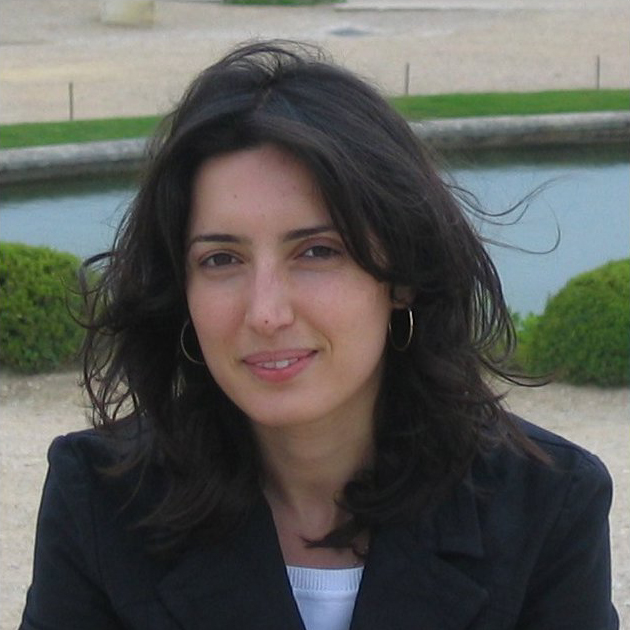
4th Floor CORE Building
DIMACS, Busch Campus, Rutgers University
Piscataway, NJ 08854
Current Positions
Post Doctoral Research Associate
The Center for Discrete Mathematics and Theoretical Computer Science (DIMACS)
Rutgers University
Degrees Held
Ph.D. Tunis el Manar University
Amira Kebir
Post Doctoral Research AssociateMy research involves the mathematical and computational modeling and analysis of population dynamics, specifically in hermaphrodite populations. Many hermaphroditic, and some gonochoristic, species exhibit environmental sex determination (ESD), in which environmental factors play a crucial role in their strategies for sexual resource allocation. For these species the traits favored by one sex might be costly to the other; this leads to a divergence between male and female fitness and provides, in the case of hermaphrodites, a gender conflict. To mediate this conflict, an evaluation of the current environmental conditions is necessary.
My work in the Fefferman Lab focuses on expanding my earlier thesis work, developing new models to study these species and their characteristics: an Individual Based Model and a Game Theoretic Model.
Recent Talks:
The 3d International Conference of the SFBT, Pasteur Institute of Tunis: June 17 - 19, 2010. During this conference, I gave a presentation about a Game theoretic model for gender conflict in hermaphrodite populations.
DIMACS/CCICADA Interdisciplinary Seminar DIMACS, September 20, 2010. Mathematical and computational modeling and analysis for hermaphrodite population dynamics.
Second Mixer at Stevens Institute of Technology - Monday, October 18, 2010. Game theoretical model for gender conflict in hermaphrodite populations.
Recent Research Publications :
[1] S. BEN MILED, A. KEBIR, M. L. HBID, Individual Based Model for Grouper Populations, Acta Biotheoretica, 58(2-3):247--64, 2010.
[2] S. BEN MILED, A. KEBIR and M. L. Hbid, Mathematical modeling describing the effect of fishing and dispersion on hermaphrodite population dynamics. Mathematical Modelling of Natural Phenomena, 5(6):159 – 179, 2010.



